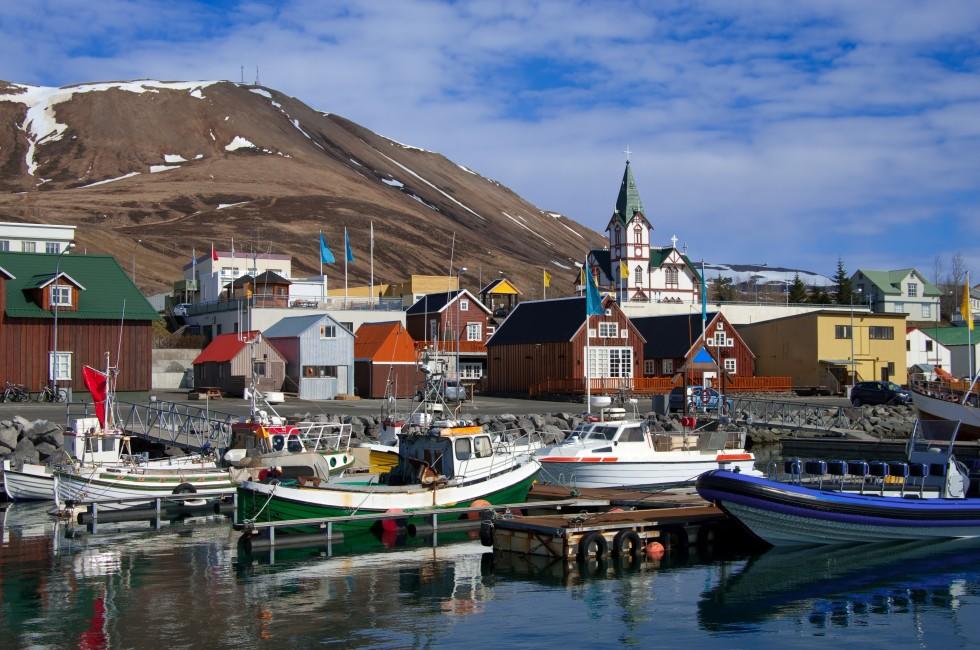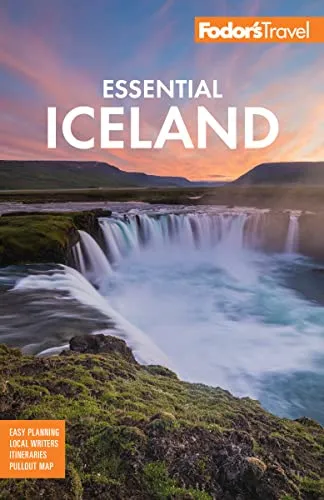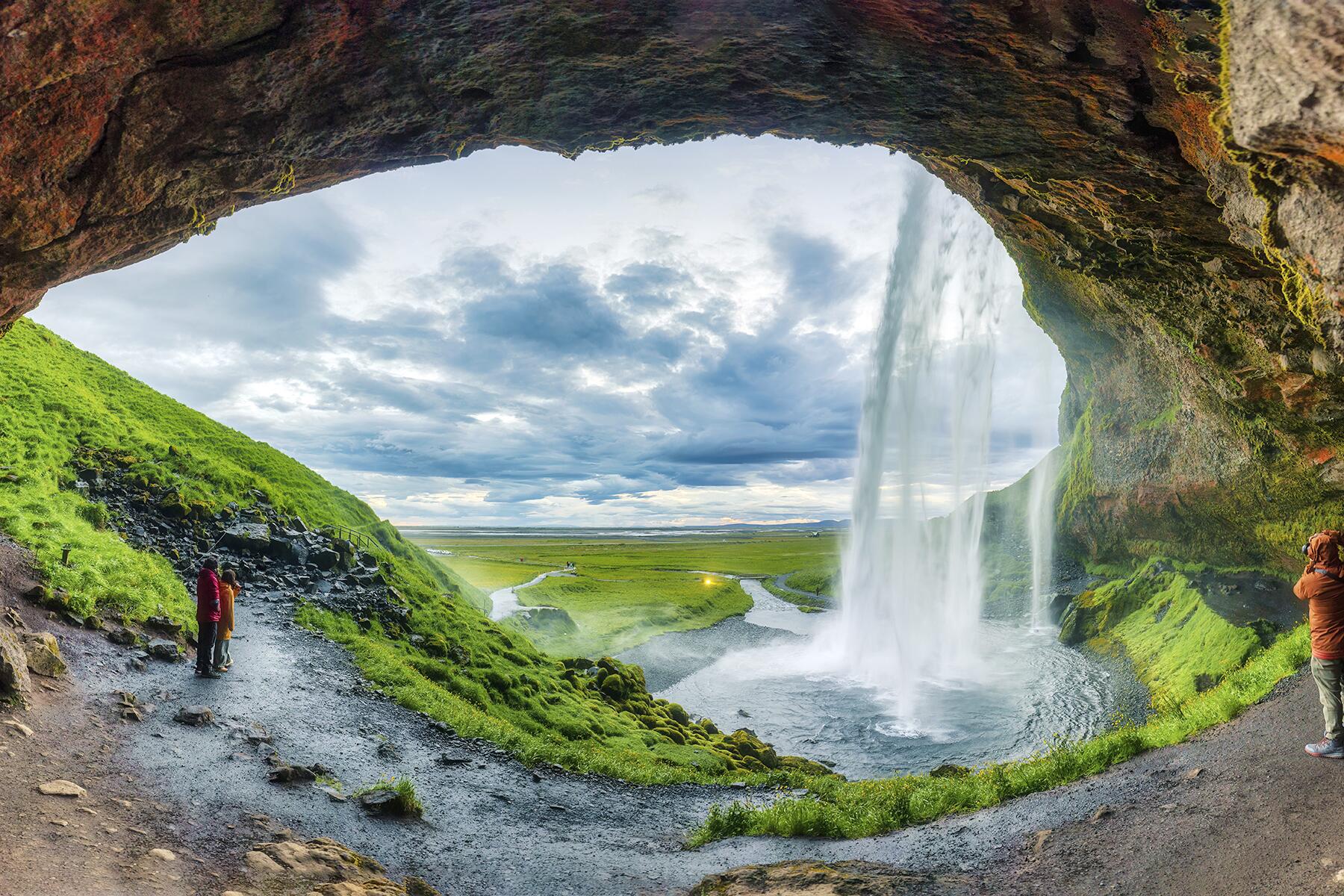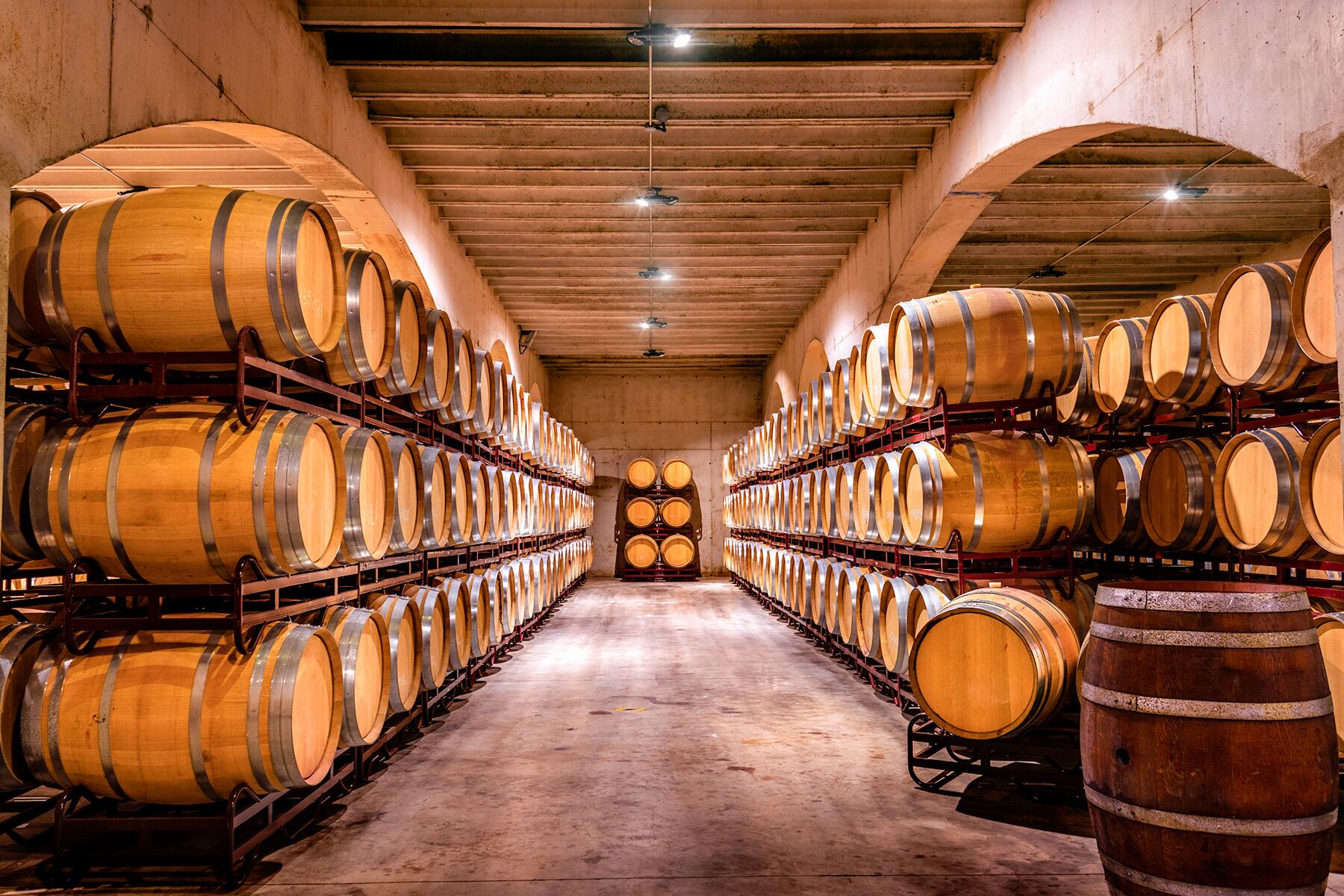North Iceland
North Iceland
From the Hrútafjörður (Rams' Fjord), which gouges deeply into the western end of the coast, to Vopnafjörður in the east, Iceland's north is a land created by the interplay of fire and ice. Inland, you can find the largest lava fields on Earth, some with plants and mosses, others barren. Yet valleys sheltered by the mountains are lush with vegetation and rich in color, and the deeply indented coast offers magnificent views north toward the Arctic, especially spectacular under the summer's midnight sun.
The commercial and cultural center of Akureyri is Iceland's fourth-largest municipality. From there it's a pleasant drive to Lake Mývatn, where bird-watchers can spot vast numbers of waterfowl and hikers can explore weird lava formations. The climate is unusually mild around Mývatn,...
Read MoreFrom the Hrútafjörður (Rams' Fjord), which gouges deeply into the western end of the coast, to Vopnafjörður in the east, Iceland's north is a land created by the interplay of fire and ice. Inland, you can find the largest lava fields on Earth, some with plants and mosses, others barren. Yet valleys sheltered by the mountains are lush with vegetation and rich in color, and the deeply indented coast offers magnificent views north toward the Arctic, especially spectacular under the summer's midnight sun.
The commercial and cultural center of Akureyri is Iceland's fourth-largest municipality. From there it's a pleasant drive to Lake Mývatn, where bird-watchers can spot vast numbers of waterfowl and hikers can explore weird lava formations. The climate is unusually mild around Mývatn, making it a pleasant outdoor destination.








